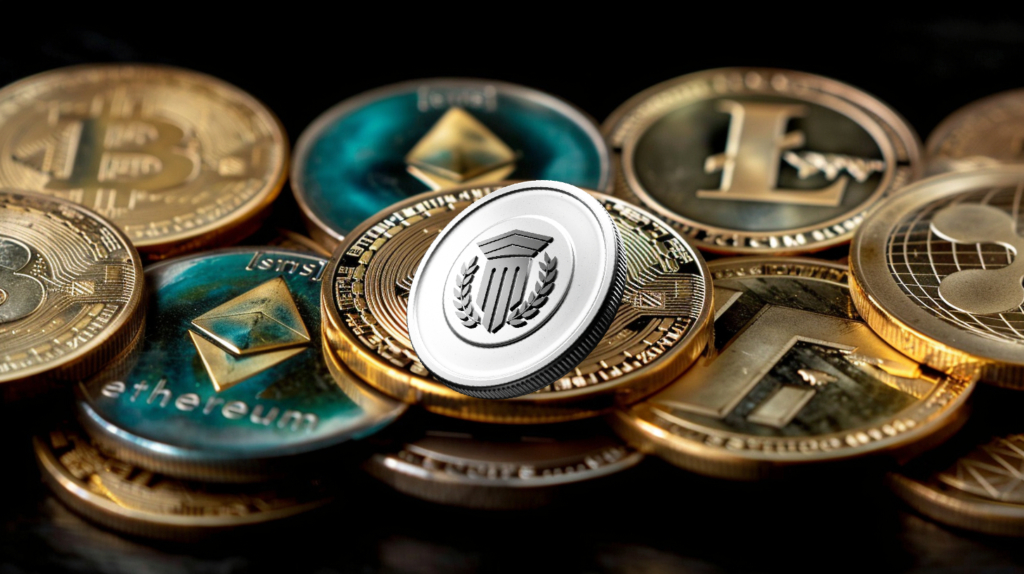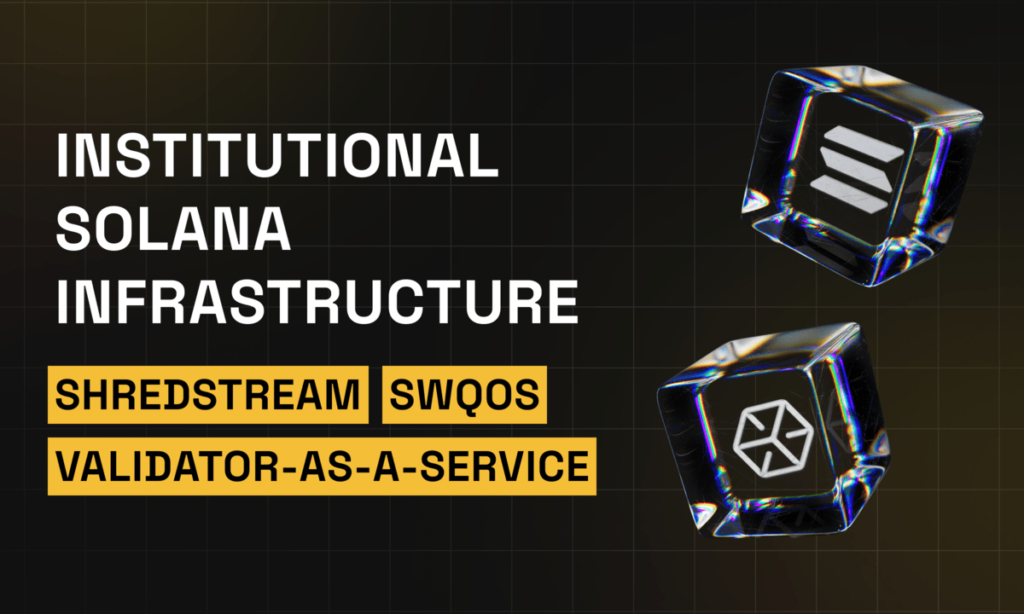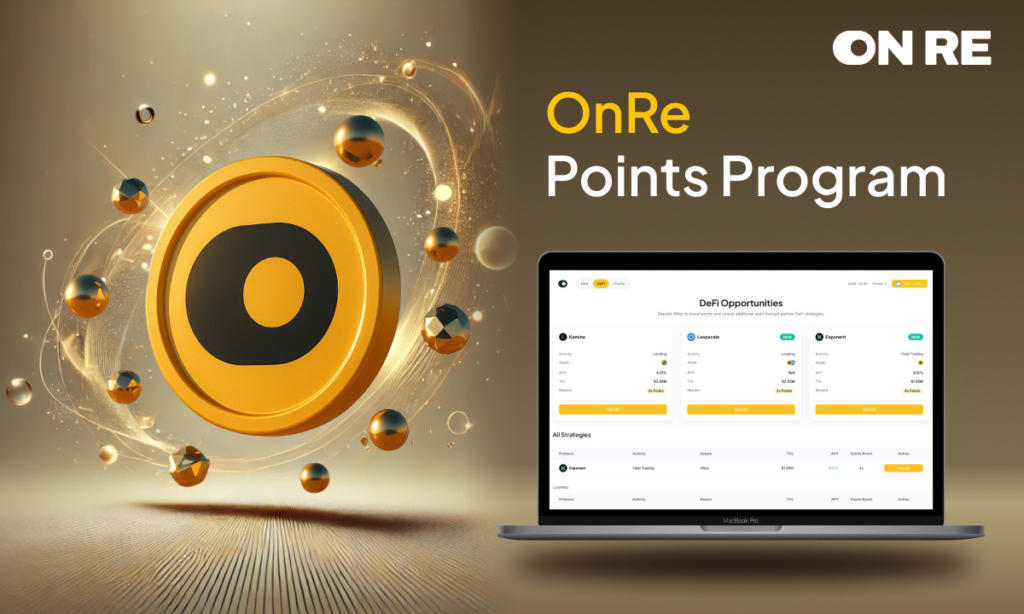Ren Protocol’s long-awaited announcement on its v2 network upgrade has drawn sharp criticism due to its timing, coinciding with Binance’s decision to delist the REN token. This has led to accusations of opportunism and further eroded trust in the project.
Ren Protocol ended a 10-month silence by updating users about progress on its v2 upgrade. However, the timing raised suspicions, as Binance announced it would delist the REN token the same day.
Prominent on-chain investigator ZachXBT and others accused the project of using the announcement to inflate token value before the delisting, labeling it as “exit liquidity farming.” The lack of significant updates since the shutdown of the Ren v1 network in 2022 had already damaged Ren’s reputation.
Furthermore, many viewed the v2 announcement as a strategic move to reignite interest and liquidity rather than genuine progress. Critics questioned whether the timing was a calculated effort to mislead investors.
However, Binance’s decision to halt REN trading, deposits, and withdrawals by December 10 led to a sharp decline in the token’s price, amplifying concerns about the project’s viability and trustworthiness.
Ren Protocol’s prolonged communication gaps and vague promises have created a trust deficit within the crypto community. The skepticism surrounding the v2 upgrade announcement has compounded these issues, making recovery difficult despite any genuine efforts.
The controversy highlights the importance of transparency and consistent communication in the fast-paced cryptocurrency industry. Projects that fail to maintain trust risk losing credibility, especially when announcements coincide with negative developments like token delistings.
For Ren Protocol, whether it can regain its reputation and deliver on its v2 promises remains uncertain. However, its missteps underscore the risks of neglecting accountability in a space where trust is paramount.



